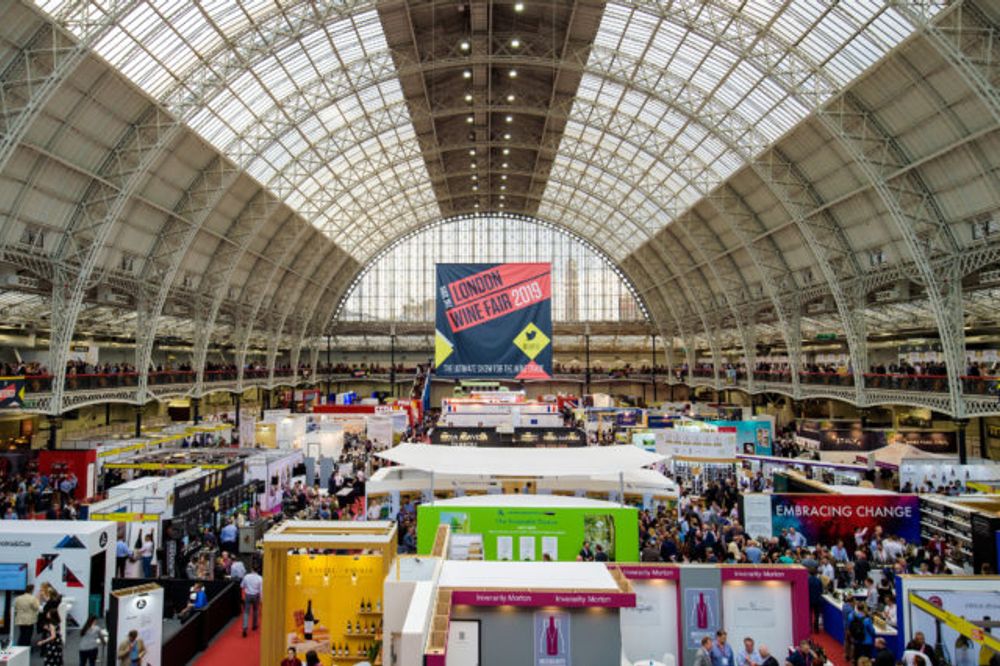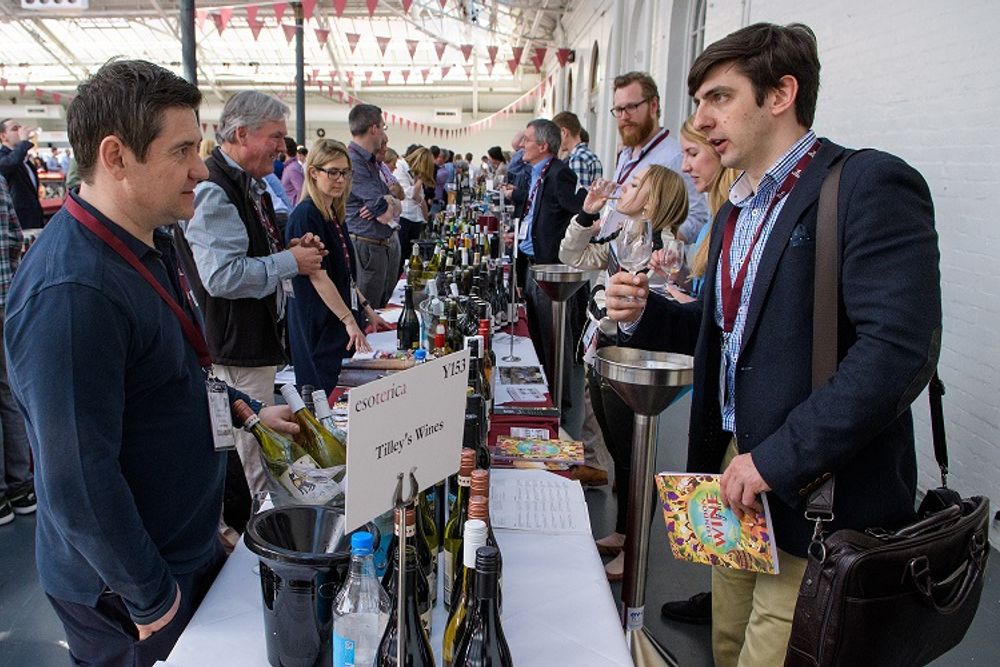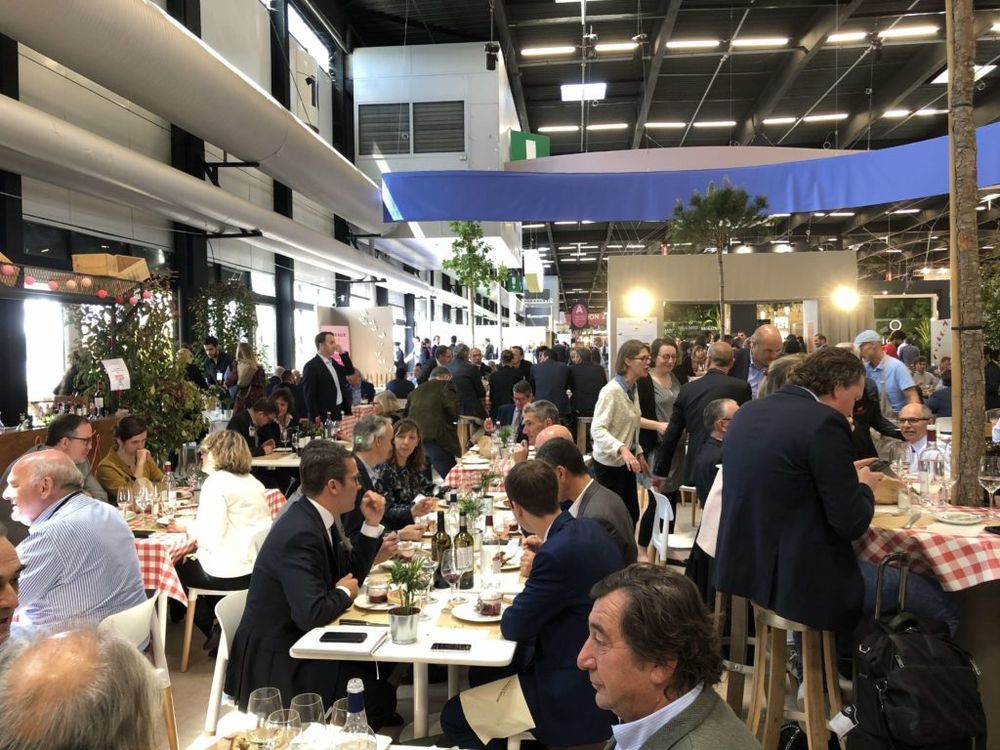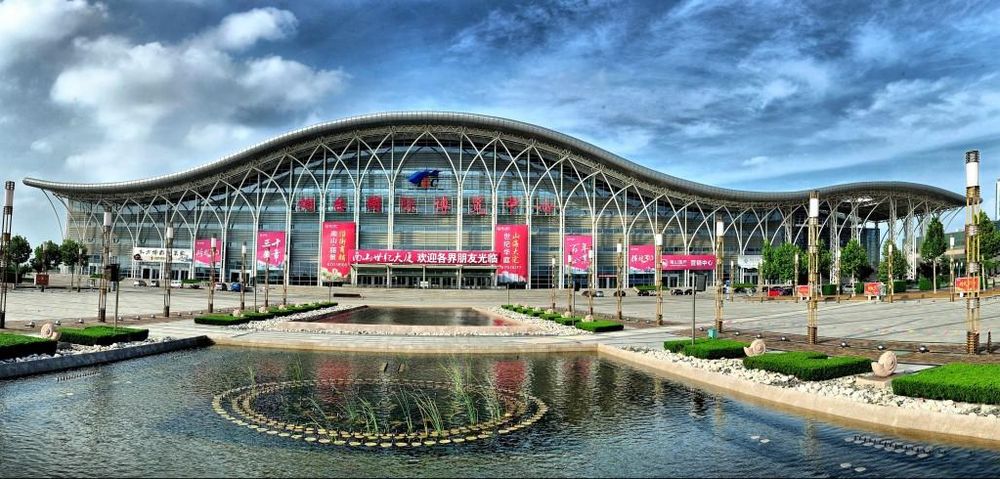Whether you are just back from WBWE in Yantai, IBWSS in San Francisco or planning on going to Wine Paris and Vinexpo in February then are now so many trade shows around the world. But they are there for a reason. To bring wine producers closer to the markets that most want to meet them.
The closer you are to an industry the harder it can sometimes be to spot the major trends and changes taking place all around you. The old problem of being able to see the wood for the trees.
You are so caught up in the cut and thrust of the next deal and where you are going to source your next major volumes of wine from, that it can be hard to take the foot off the pedal, and give yourself the space and time to look around and see what is going on around the corner.
That said we all like to claim we were one of the first to identify any new trend that comes along. We all had a feeling that Prosecco’s time would come, that sparkling would be the next big thing. We were well ahead of the curve on stocking up on Pinot Grigio, Picpoul de Pinet or Provence rosé way before the mass of buyers came into the market. Sure we were.

ProWein is now the darling of the global wine industry. But is that to do with the show itself or the time of the year it is held?
The chances are you weren’t. The demands of the global wine industry and the increasing competition to fill inventories and hit short term targets means it is very hard for anyone to look beyond the next six months and the next round of harvests, be it in the northern or southern hemisphere.
There is no point putting all your eggs in the basket of a particular grape variety or country, as you can never predict what their next harvest is going to be like. Or how much it is going to cost to get your hands on those eggs you have promised to buy. It’s why the world of wine is constantly changing, adapting, looking over its shoulder to see who is doing what, where and how.
In the world of global wine buying you really are only as good as your last harvest.
Event driven industry
But there are other ways of assessing what is going on in the dynamics of the international wine trade that don’t involve going anywhere near a vineyard. Welcome to the world of trade exhibitions.
Now, these are events run by independent bystanders to the industry they serve. They are usually not part of that sector, they simply identify the areas of industry where they might be able to make some money.
As and when that industry fails to bring in the numbers and profits, then there are plenty of others to go after. Which is what makes the big exhibition players fascinating businesses to follow. They don’t need to be specialists in every sector they are in, but they do need to knowthe world of industry to be able to identify the areas where they can make money.
Do it well and all the companies, producers, brand owners, distributors and retailers in that sector will think you are putting on these events out of the kindness of your hearts. That said if a trade exhibition is not doing as well as it has in the past then it’s clearly the fault of the exhibition organisers. Isn’t it? It has to be. It could not have anything to do with the long term viability of the industry that I have invested all my future in? No, that would be too much to handle.
London case study

The London Wine Fair is working hard to keep itself relevant in a fast changing market place
Look at the London Wine Fair in recent years. Time and again major distributors and brand owners have blamed the fair itself for their decision not to exhibit that particular year. It does not deliver what they need. It does not have the right calibre of visitor – they say.
Or could it have anything to do with the changing face of our wine industry? Where squeezed margins from successive duty rises and a price obsessed market, dominated by four major retailers that are only working with an ever decreasing number of suppliers, means any national UK wine fair, is not relevant for those operators any more. It’s not where they do business. But rather than admit that, it’s a lot easier to give the show a good kicking instead.
But there are plenty of smaller players, producers, independents, specialists, merchants, restaurants, sommeliers who very much need and want a melting pot where they can taste new wines, hear interesting debate, share ideas for whom a London Wine Fair is completely relevant.
Whether the show organisers can make enough money from this more eclectic, diverse and changing audience remains to be seen, but that is how it has changed and adapted its model to hopefully remain viable and profitable in that given industry for the years to come.

The Esoterica and Wines Unearthed sections for smaller producers and importers at the London Wine Fair have proved a big success. But are they enough to make up for larger importers staying away? Photography: Anthony Upton
All change for Vinexpo
It’s a similar story for Vinexpo in Bordeaux. The rise of ProWein, which happens to take place in Dusseldorf at what the trade sees as being a more beneficial time of the year in March, has stolen a march on Vinexpo over the last six to eight years.
On the face of it you would think Vinexpo being in Bordeaux in the early summer, versus ProWein in Dusseldorf in the back end of winter would be slam dunk for Vinexpo. But the global wine industry has realised it can do more business earlier in the year and that Dusseldorf, with little or any wine history to speak of, provides the perfect independent, neutral backdrop for producers and buyers the world over to work together.
It’s why Vinexpo has also changed. It has long looked to be more than just a Bordeaux show, but it has now really stepped up its ambitions to be seen as a thought leader and debate setter for the industry as a whole, with its regular supply of international sales and value data through IWSR and its recent buyer ‘Explorer’ networking events in Austria and Sonoma. Its Bordeaux show also now has a much bigger focus on hosting major conferences, masterclasses and showcase tastings on leading issues – like its climate change and e-commerce conferences at the 2019 event – to make it more than just a trade exhibition.
Its new chief executive, Rodolphe Lameyse, summed up its challenge at this year’s Bordeaux event: “The market is no more waiting for Vinexpo only, they have many alternatives and many ‘direct-to-market events’. Vinexpo needs to expand its footprint and its capability to bring our clients and partners closer to their client needs.”
That’s why it is hosting five shows over the next 12 months for as well as Bordeaux it will also be hosting events in Shanghai, New York and Paris and its Explorer buyer networking event in Beaujolais. An event that Lameyse says is the ideal model for the future of Vinexpo as it “bringing people together” to do business.

Vinexpo is now putting a great deal more emphasis on the experience of attending its show with a bigger focus on hosting standalone conferences, seminars and major tastings as well as the quality of the food and the restaurants on offer.
Global interest
The good news for the global wine industry is that major trade show businesses see this sector as being such an important one to invest in. Be it Messe in Germany with ProWein and now Comexposium, one of the world’s biggest trade show organisers that hosts more than 135 B2B events a year across 11 sectors in 30 countries, has its sights firmly fixed on wine.
Both with its acquisition of the Adhesion Group and with it the World Bulk Wine Exhibition in 2017 and the launch first of VinoVision in 2018, followed by Wine Paris in 2019. The fact Comexposium sees such growth opportunities in global wine events is a major boost for the industry as a whole. The fact it has now persuaded Vinexpo to amalgamate its new Paris show, which was to be held in January 2020, into its second February event speaks volumes.
This is not just a newcomer into the world of wine. It is a major powerhouse with the structure and scale to really shake things up. Vinexpo knew it did not make sense to compete against Wine Paris and it is much better for all involved to work together and alongside each other. For the benefit of exhibitors and buyers.
The Asia opportunity
A key factor in all this growth in international trade fairs are the fast emerging markets in China and across Asia. You only have to look at the number of major international shows being held in that part of the world to see where the show organisers believe their next profits are going to come from. ProWein and Vinexpo, as we know, have been running successful trade shows in China for some time.
But it is perhaps an indication of China’s emergence as a serious and arguably more mature wine export market that it is also this year going to be home for not just one, but two major shows dedicated to bulk wine.

This was the first year that the World Bulk Wine Exhibition has held an event in China
It might only still be a growing share of the overall market, but the fact it can potentially support two separate events, shows how bulk wine is set to become an even more significant part of the overall Chinese sector. In 2017, for example, China imported 180.6 million litres of bulk wine, valued at $158.89 million, which was up year-on-year by 25.5% in volume and 40.8% rise in value (Chinese Customs figures).Much of this has been driven by the demand for what are known as OEM wine, effectively Chinese private label, that relies on bulk wine to create bespoke labels for different retailers that are increasingly seen as vital in offering an “exclusive” range wine to customers.
So it’s perhaps not surprising it is attracting such interest from the bulk wine community. First up was the inaugural World Bulk Wine Exhibition which took place in Yantai between May 30-31. An event that saw bulk producers and brokers from 15 countries take part including Chile, Spain, Italy, France, South Africa, Argentina, Australia, Moldova, Portugal, Ukraine, Georgia, Macedonia, Romania, Uruguay, the US, UK and China.
This will be followed later in the year by the first Asian event to be organised by the Beverage Trade Network and its International Bulk Wine & Spirits Show (IBWSS) in November 5-6 in Shanghai. IBWSS is also already holding bulk wine events in San Francisco, to capitalise on the rise in private label and bulk shipping in the US, and the UK, where private label and bottling in market is now such a vital part of its mature industry.
It might be a little late in the day to be claiming bulk wine as a major trendsetter in China, but if you want to spot the next big thing, take a look at the events’ calendars of the major international trade show organisers and look at where they are hoping to set up shop over the next couple of years. That’s where you should be investing your money and basing your export strategy on.


































